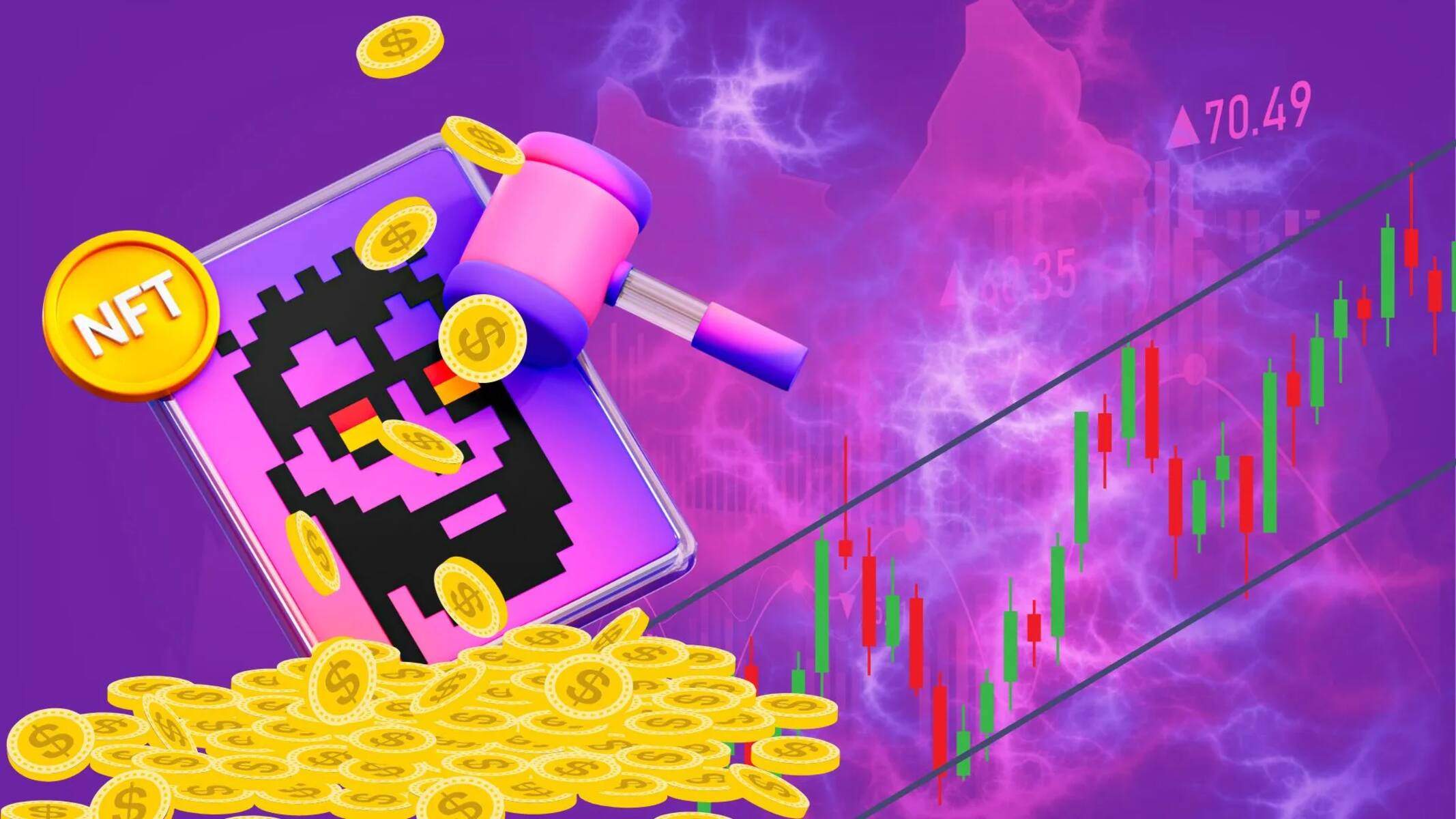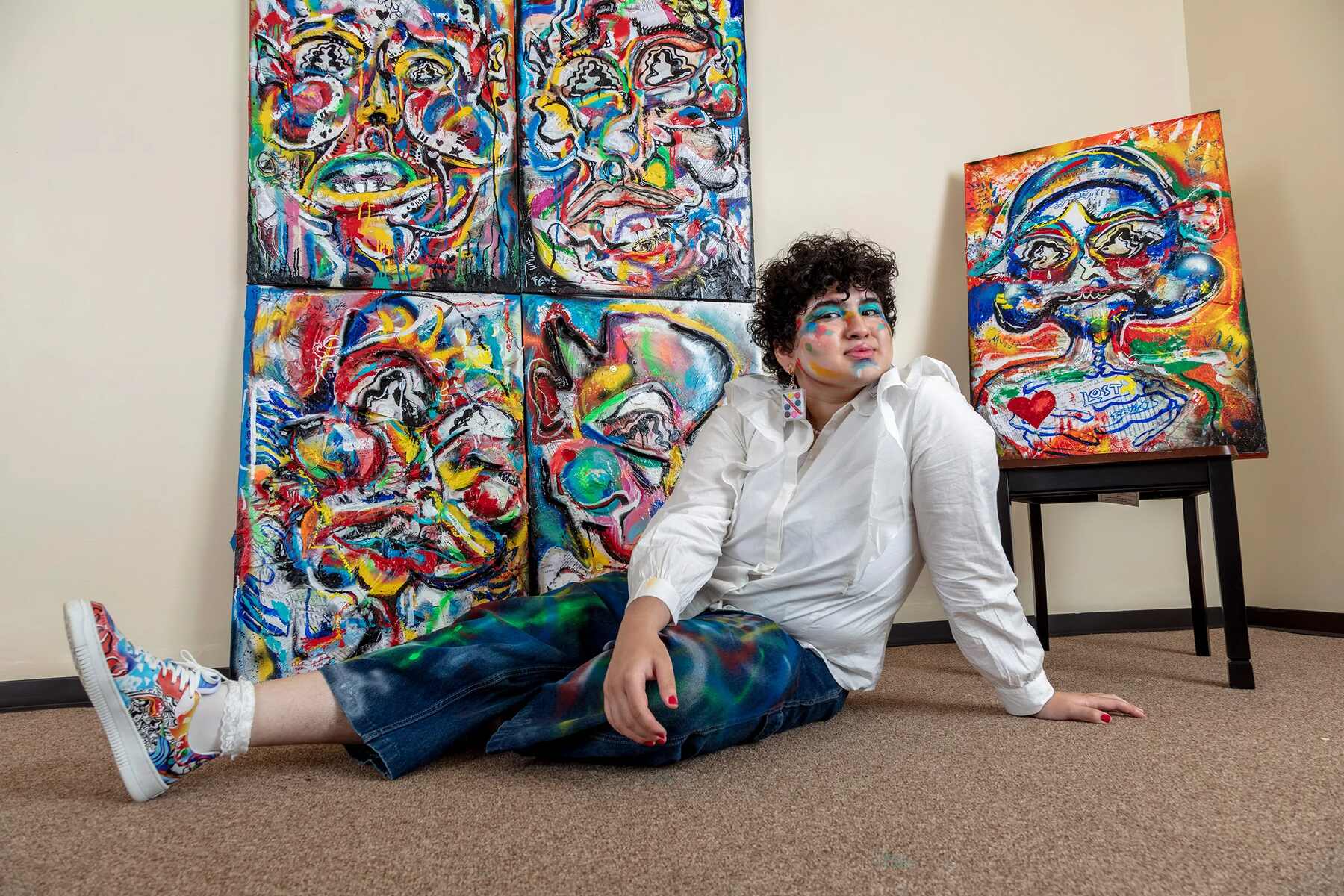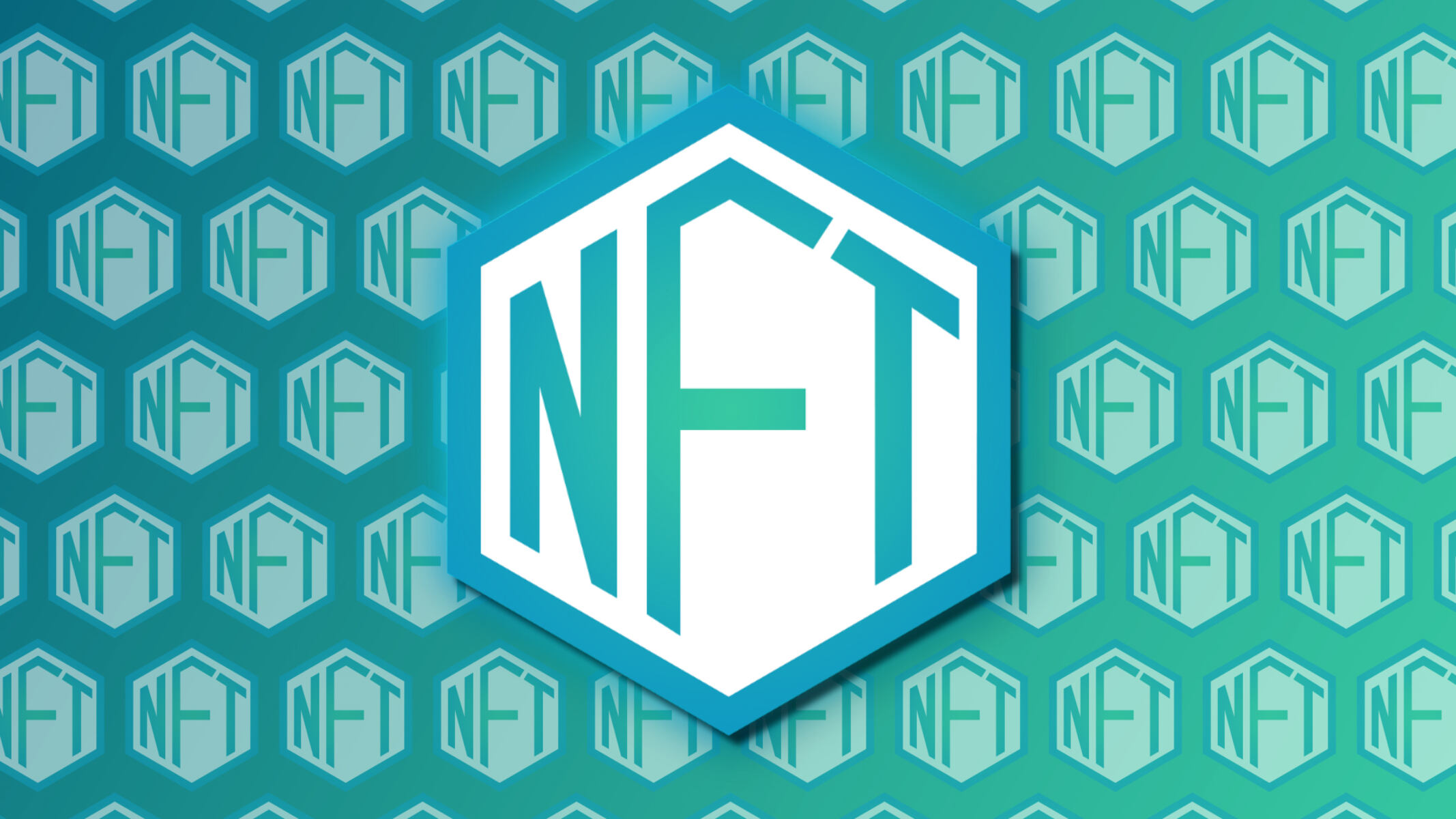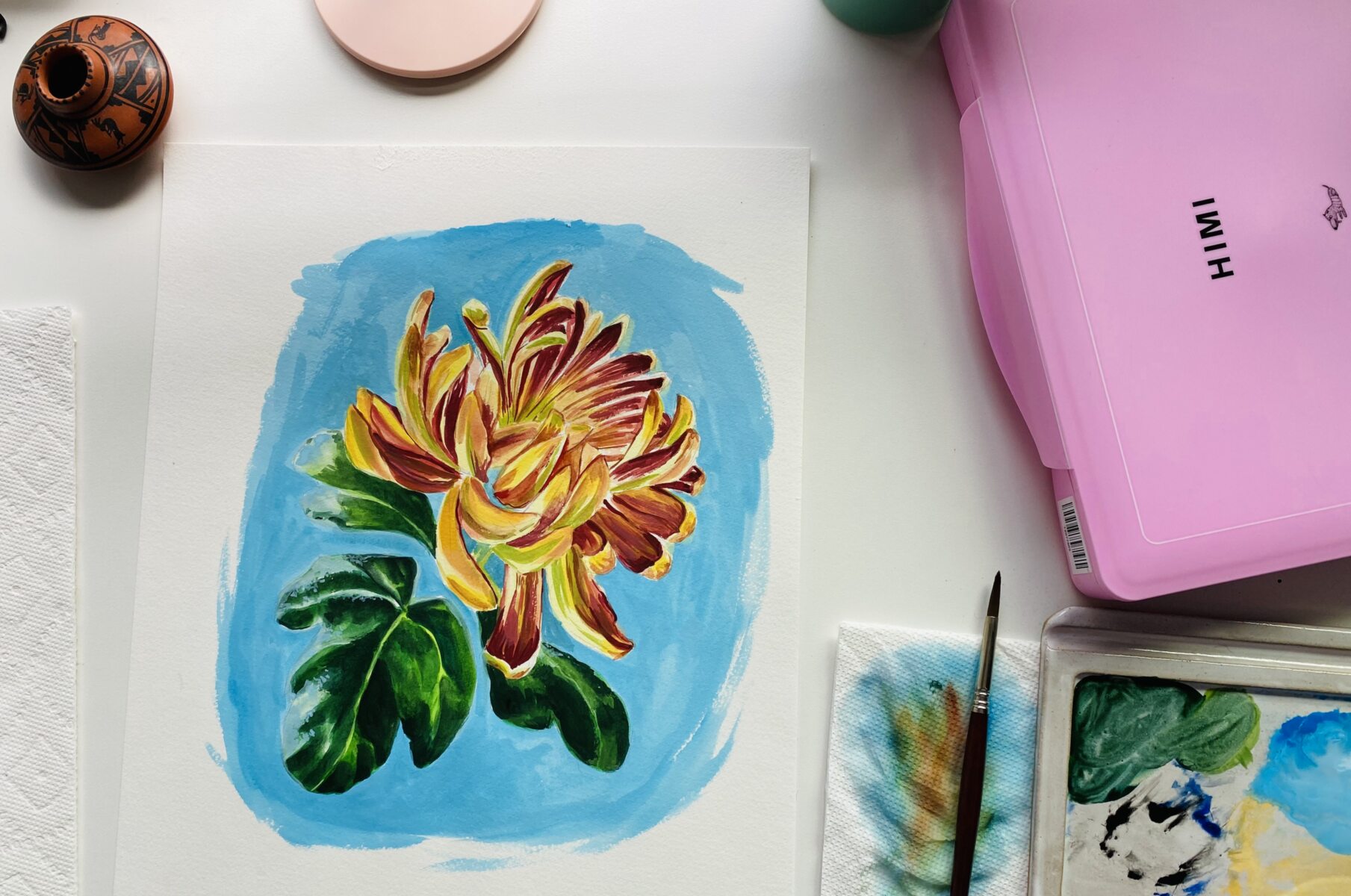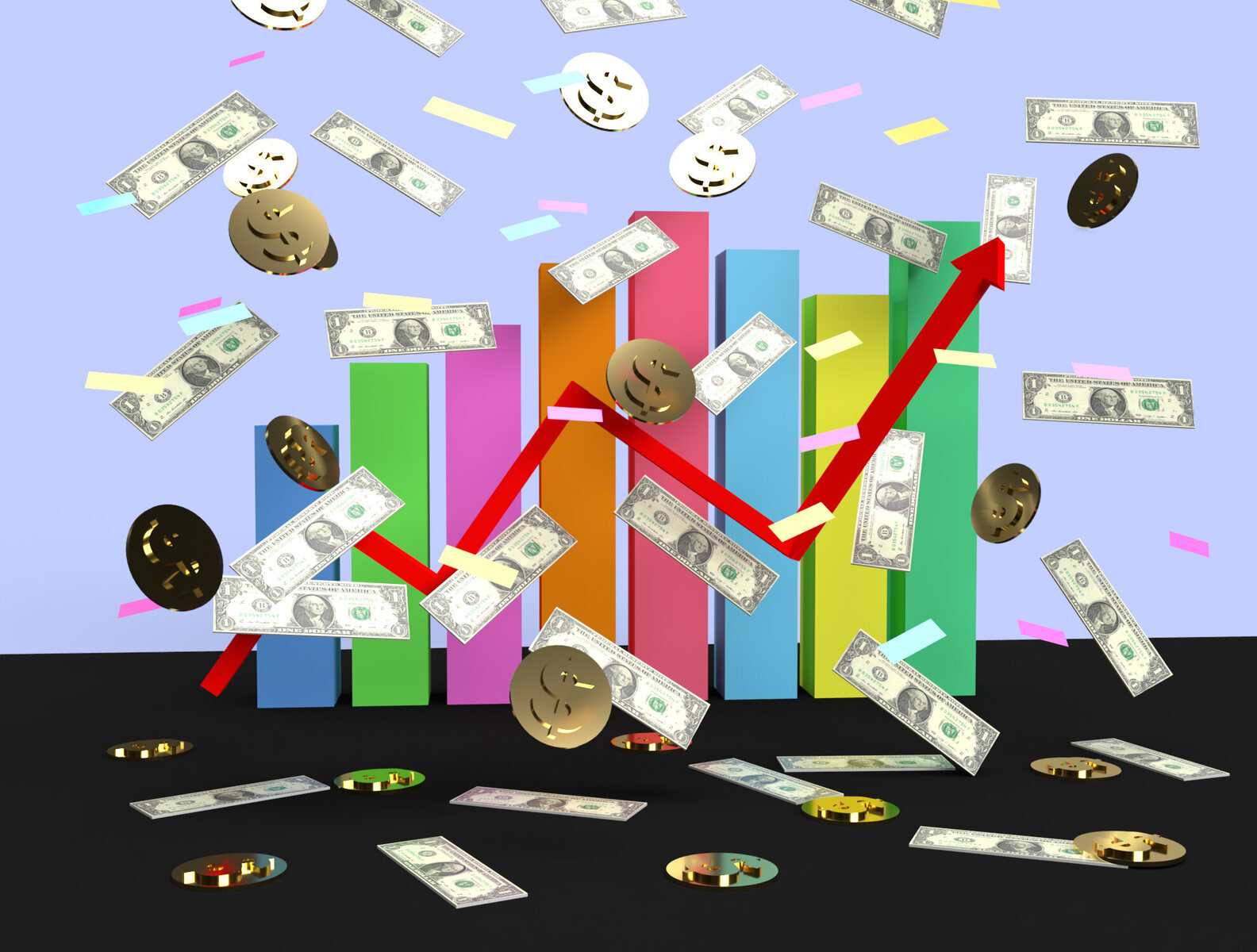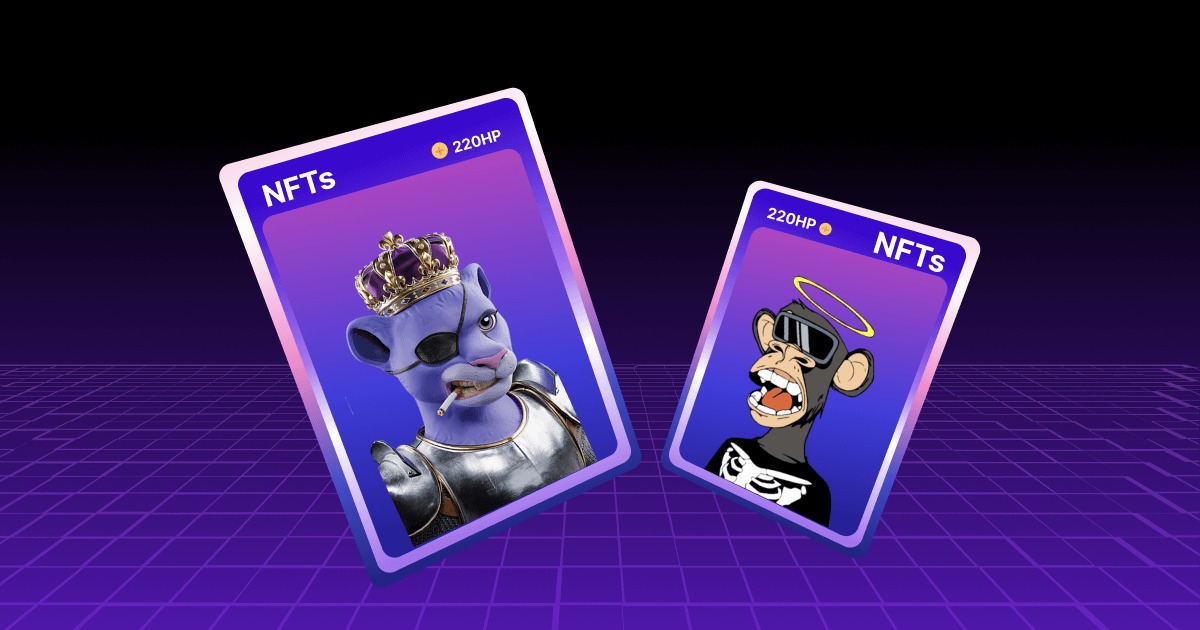What is NFT Art?
NFT stands for Non-Fungible Token, and NFT art refers to digital artwork that is authenticated and verified through blockchain technology. Unlike traditional art forms, NFT art exists solely in a digital format and is represented by a unique token.
Each NFT art piece is one-of-a-kind and cannot be replicated or replaced, making it a unique form of artistic expression. Artists can create digital artwork using various mediums such as illustrations, animations, music, videos, and more, and then mint it as an NFT.
What sets NFT art apart is its verifiable ownership and scarcity. Blockchain technology ensures that each NFT has a transparent and traceable ownership history, providing a sense of authenticity and provenance to the artwork. This feature has revolutionized the art world, empowering artists to directly monetize their digital creations while ensuring the value and uniqueness of their work.
Ownership of NFT art is recorded on a decentralized ledger, typically on the Ethereum blockchain, which guarantees the legitimacy and ownership rights of the artwork. This transparency has led to a significant surge in the popularity and value of NFT art, with collectors and enthusiasts alike embracing this new and exciting form of artistic expression.
As NFT art gains prominence, it is essential to understand the significance of displaying these digital artworks. Digital displays enable art enthusiasts to appreciate and showcase their NFT art collections in a visually engaging and immersive manner. Whether it’s through physical displays or digital screens, the exhibition of NFT art introduces exciting possibilities for both artists and collectors.
Why Displaying NFT Art is Important
Displaying NFT art goes beyond simply showcasing an artwork; it serves several important purposes for both artists and collectors. Here are a few reasons why displaying NFT art is important:
1. Art Appreciation: Displaying NFT art allows enthusiasts to fully appreciate the intricacies and details of digital artwork. By showcasing the art on a physical or digital display, viewers can immerse themselves in the artwork and experience it in a more tangible way. It brings the artwork to life and allows for a deeper connection and understanding of the artist’s vision.
2. Curating Collections: For collectors, displaying NFT art plays a crucial role in curating their collections. It allows them to showcase their acquired artworks and share their passion with others. Building a visually compelling display not only enhances the aesthetic appeal of the collection but also serves as a conversation starter, enabling collectors to discuss and discuss the artworks they have acquired.
3. Increasing Visibility: Displaying NFT art can help artists gain recognition and increase their visibility in the digital art community. By exhibiting their artwork in online galleries or physical spaces, artists have the opportunity to reach a wider audience. This exposure can lead to collaborations, commissions, and potential sales, helping artists establish their name and artistic brand in the NFT art world.
4. Establishing Value: Displaying NFT art reinforces the value and authenticity of the artwork. When collectors exhibit their NFT art, it not only showcases their investment in the art but also helps establish the credibility and market value of the artwork. The act of display adds a layer of prestige and status to the artwork, validating it as a valuable and esteemed piece in the collection.
5. Cultivating Community: Publicly displaying NFT art contributes to the growth and development of the NFT art community. It encourages conversation, collaboration, and the exchange of ideas among artists, collectors, and enthusiasts. By creating a space for the display and interaction of NFT art, it fosters a sense of community and shared passion, leading to the continuous evolution of the digital art landscape.
By recognizing the importance of displaying NFT art, artists and collectors can fully embrace the potential and possibilities of this emerging art form. Whether through physical exhibitions, digital screens, or online galleries, the display of NFT art contributes to the vibrant and dynamic nature of the digital art world.
Choosing the Right Display Method
When it comes to displaying NFT art, there are various methods to consider, each with its own advantages and considerations. Here are some factors to think about when choosing the right display method for your NFT art:
1. Physical Displays: If you prefer a more traditional approach, physical displays can be a great option. This can include framing and hanging digital prints or using digital screens to showcase the artwork. Consider the size and dimensions of the artwork, as well as the available wall space or exhibition area. Additionally, lighting and environmental conditions should be taken into account to ensure the preservation and longevity of the artwork.
2. Digital Screens: Interactive digital screens offer a contemporary and dynamic way to display NFT art. These screens can be controlled remotely and allow for customization of the display, including rotation, zooming, and transitioning between different artworks. Digital screens also provide the opportunity to incorporate multimedia elements such as animations and sound, enhancing the viewer’s experience. However, it is important to select high-quality screens and consider factors like aspect ratio, resolution, and compatibility with different file formats to ensure the optimal display of the artwork.
3. Online Galleries and Virtual Reality: With the rise of digital platforms and virtual reality technology, online galleries and virtual exhibitions have become popular methods for displaying NFT art. These platforms provide a global reach and accessibility, allowing artists to showcase their artwork to a wider audience. Virtual reality (VR) creates an immersive experience, giving viewers a sense of being present in a physical gallery. Consider the user interface and experience when choosing an online gallery or VR platform, ensuring ease of navigation and interaction for both artists and viewers.
4. Hybrid Approaches: Some artists and collectors opt for a combination of physical and digital displays. This can involve integrating digital screens into traditional gallery spaces or using augmented reality (AR) to overlay digital artworks onto physical spaces. Hybrid approaches offer the best of both worlds, allowing for the tactile experience of physical art with the dynamic and interactive elements of digital art.
When selecting a display method, remember to consider your specific needs and preferences as an artist or collector. Think about the nature of the artwork, the intended audience, and the overall aesthetic you wish to achieve. Whether you choose a physical display, digital screens, online galleries, or a hybrid approach, the goal is to showcase your NFT art in a visually compelling and engaging manner.
Considerations for Physical Displays
When opting for physical displays to showcase your NFT art, there are several important considerations to keep in mind. Here are some key factors to consider when setting up a physical display for your NFT artwork:
1. Framing and Mounting: Choose high-quality frames and mounts that complement the style and aesthetics of your artwork. Consider the material, color, and finish of the frame to enhance the overall presentation. Ensure that the frame properly secures and protects the artwork, preventing any damage from external factors such as moisture, UV rays, or physical impact.
2. Lighting: Proper lighting is crucial for showcasing the details, colors, and textures of your NFT art. Consider using adjustable spotlights or track lighting to highlight specific areas of the artwork. Avoid direct sunlight and harsh lighting conditions that may cause fading or glare. Experiment with different lighting angles and setups to achieve the desired visual impact.
3. Wall Space and Placement: Determine the suitable location for displaying your NFT art. Consider the size, dimensions, and weight of the artwork when selecting the wall space. Ensure that the artwork is properly positioned at a comfortable viewing height for viewers. Take into account the overall layout and flow of the space, ensuring that the artwork is the focal point and easily accessible.
4. Climate Control: Pay attention to the environmental conditions to protect your NFT art from humidity, temperature fluctuations, and pollutants. Ideally, maintain a controlled environment with stable humidity and temperature levels. Consider using humidity control devices, such as dehumidifiers or humidifiers, to mitigate the risks of damage and deterioration.
5. Security: Safeguard your NFT art from theft or accidental damage by implementing adequate security measures. Install security cameras or alarms to monitor the display area. If displaying in a public space, consider using display cases or glass panels that offer physical protection while still allowing for visibility. Additionally, insurance coverage for your artworks can provide added peace of mind.
6. Documentation and Labeling: Provide viewers with relevant information about your NFT art through proper documentation and labeling. Include details such as the artist’s name, title of the artwork, medium, creation date, and any unique features or stories behind the creation. This information adds value and authenticity to the artwork and enables viewers to better understand and appreciate your NFT art.
Remember, physical displays offer a tactile and immersive experience for viewers. Taking these considerations into account when setting up your physical display will ensure that your NFT art is presented in the best possible light, allowing viewers to engage with and appreciate the intricate details of your digital masterpiece.
Popular Digital Display Options
When it comes to displaying NFT art in a digital format, there are several popular options to consider. These digital display methods provide a visually appealing and interactive way to showcase your NFT artwork. Here are some of the popular digital display options:
1. Digital Frames: Digital frames, also known as digital photo frames, are a popular choice for displaying NFT art. These frames have built-in screens that can display images and even videos. They allow you to upload and rotate different artworks, creating a dynamic display that keeps viewers engaged. Digital frames often come with features like adjustable brightness, aspect ratios, and slideshow modes, giving you control over how your NFT art is presented.
2. Tablets and Smartphones: Tablets and smartphones offer a portable and versatile way to display your NFT art. These devices have high-resolution screens and can showcase your artwork with stunning clarity. You can create digital galleries on your device and use dedicated art display apps to present your NFT art. Tablets and smartphones also allow for easy interactivity, enabling viewers to zoom in on details or swipe through different artworks.
3. Large Format Displays: Large format displays, such as Smart TVs or professional-grade monitors, provide a captivating way to exhibit NFT art. These displays offer high resolution, excellent color accuracy, and wider viewing angles, ensuring an immersive visual experience for viewers. Large format displays can be wall-mounted or placed on stands to create a striking and attention-grabbing display of your NFT art.
4. Projectors: Projecting NFT art onto a wall or screen can create a larger-than-life display that is both impressive and immersive. Projectors allow you to showcase your artwork on a grand scale, making it ideal for exhibitions and events. Consider the throw distance, brightness, and resolution of the projector to ensure optimal image quality when displaying your NFT art in this manner.
5. Virtual Reality (VR) Headsets: VR headsets provide a unique and interactive way to experience NFT art. By immersing viewers in a virtual environment, VR headsets allow for a 360-degree exploration of digital artwork. This creates a highly engaging and transformative experience for art enthusiasts. There are platforms and apps specifically designed for VR art exhibitions, where viewers can navigate virtual galleries and experience NFT art in a whole new way.
6. Augmented Reality (AR) Applications: AR applications offer the ability to overlay digital art onto the physical world. By using smartphones or tablets with AR capabilities, viewers can see your NFT art superimposed onto their surroundings. This technology allows for a fusion of digital and physical realities, creating an interactive and visually captivating display. AR applications provide a unique and innovative way to engage with your NFT art.
When choosing a digital display option, consider factors such as image quality, interactivity, portability, and the overall user experience. Each digital display method offers its own advantages, so it’s essential to select the option that best suits your artistic vision and helps you showcase your NFT art in a compelling and memorable way.
Tips for Securely Displaying NFT Art
When displaying NFT art, it is essential to prioritize the security of your digital assets. Here are some tips to ensure the secure display of your NFT art:
1. Use Secure Wallets: Ensure that your NFT art is stored in a secure wallet that is backed up and protected with strong passwords. Use reputable wallets that offer advanced security features, such as multi-factor authentication and encryption, to safeguard your digital assets.
2. Employ Watermarking and Digital Signatures: Consider adding watermarks or digital signatures to your NFT art files before display. This adds an extra layer of protection against unauthorized use or duplication. Watermarks can deter potential thieves and provide a clear indication of ownership.
3. Be Mindful of Public Wi-Fi: When displaying NFT art on digital screens or devices in public spaces, avoid connecting to unsecured public Wi-Fi networks. Public Wi-Fi networks can be vulnerable to hacking and increase the risk of unauthorized access to your NFT art files or personal information. Use secure, private networks whenever possible.
4. Regularly Update and Secure Devices: Keep your digital display devices, such as tablets, smartphones, and digital frames, updated with the latest software and security patches. Enable passcodes or biometric authentication for device access. Additionally, avoid downloading unverified apps or files that may compromise the security of your NFT art.
5. Monitor Display Locations: If you choose to display physical representations of your NFT art, regularly monitor and secure the display location. Ensure that the artwork is placed in a secure area, away from potential hazards or risks of theft. Consider using surveillance cameras or alarm systems for added protection.
6. Educate Viewers and Collectors: Inform viewers and collectors about the importance of respecting the digital rights and ownership of your NFT art. Educate them on the proper ways to interact with and appreciate the artwork without compromising its security. Encourage the use of secure platforms and wallets when purchasing or displaying NFT art.
7. Backup Your NFT Art: Regularly backup your NFT art files and relevant documentation to protect against accidental loss or damage. Maintain copies of your artwork on secure storage devices or cloud platforms. Having backups ensures that even in the event of a technical failure or data breach, your NFT art remains safe and accessible.
8. Insure Your NFT Art: Consider obtaining insurance coverage for your NFT art to protect against potential risks, such as theft, physical damage, or legal disputes. Consult with insurance providers specializing in digital assets to find the right coverage for your NFT art collection.
By following these tips, you can enhance the security of your NFT art display, safeguarding your digital assets and ensuring that your artwork remains protected and valued. Prioritizing security allows you to fully enjoy and share your NFT art collection with peace of mind.
Conclusion
Displaying NFT art is an essential aspect of showcasing and sharing the unique and innovative digital creations that have emerged in the art world. Whether through physical displays or digital screens, the exhibition of NFT art allows artists to showcase their talent, collectors to curate their collections, and art enthusiasts to immerse themselves in a visually captivating experience.
Through this article, we have explored the significance of NFT art and the reasons why displaying it is important. The verifiable ownership and scarcity provided by blockchain technology have revolutionized the art world, creating new possibilities for artists and collectors.
We have discussed various display methods, including physical displays and popular digital options such as digital frames, tablets, large format displays, virtual reality (VR) headsets, and augmented reality (AR) applications. Each method offers its own advantages and considerations, allowing artists and collectors to find the perfect way to showcase their NFT art according to their preferences and artistic vision.
Additionally, we have provided tips for securely displaying NFT art, emphasizing the importance of protecting digital assets through secure wallets, watermarks, regular updates, and proper device security. By staying vigilant and educating viewers and collectors, artists can ensure the safe and respected display of their NFT art.
In conclusion, the display of NFT art opens up exciting opportunities for artists to monetize their digital creations, collectors to showcase their passion, and art enthusiasts to engage with innovative and immersive artistic experiences. Whether displayed physically or digitally, NFT art represents a new frontier in the art world, attracting attention, sparking conversations, and shaping the future of artistic expression.










